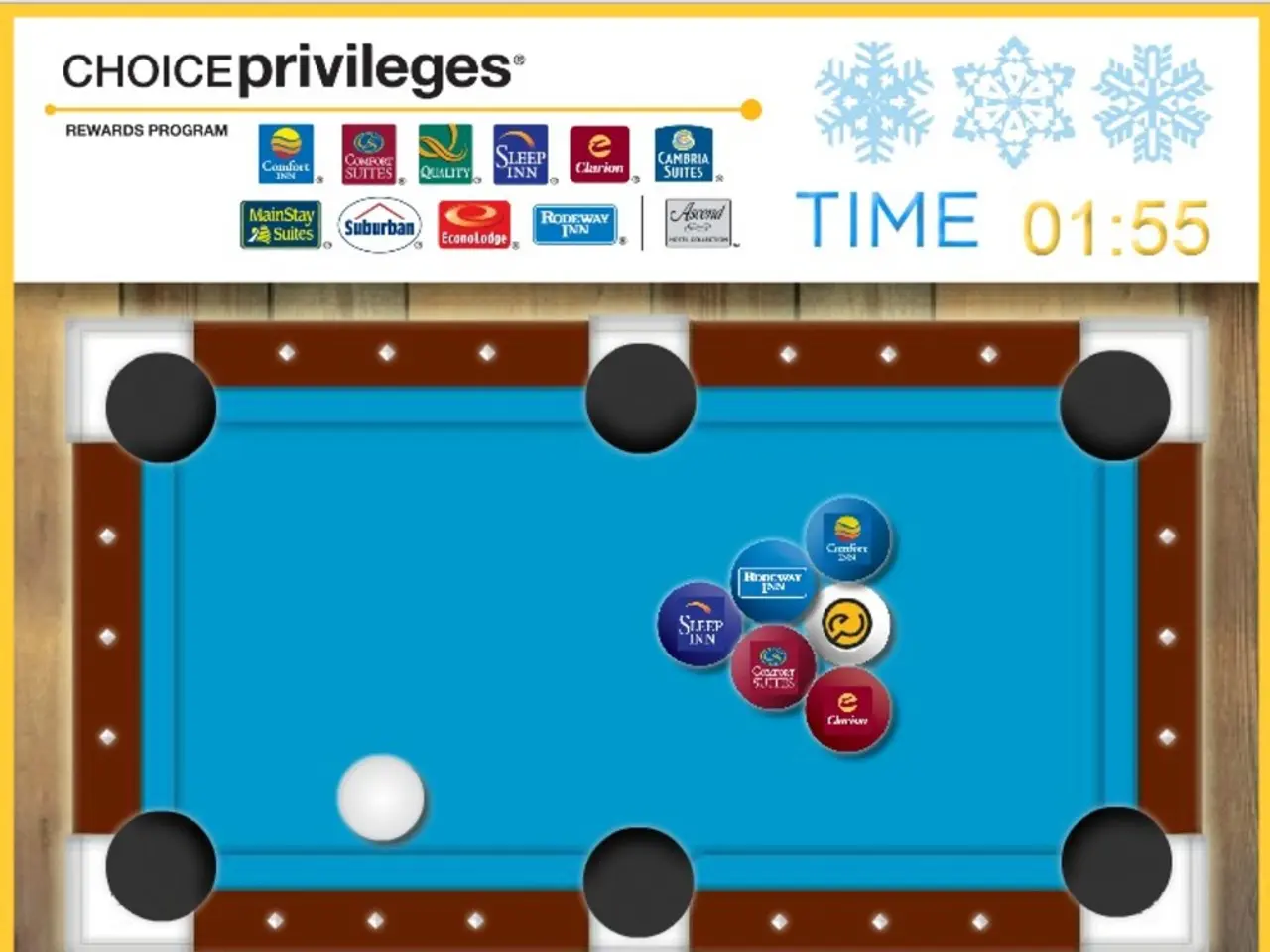Dynamic Web Design - The Static Earth isn't Moving for Us, but the Web certainly is
**Parallax Scrolling: A Gaming Innovation Transformed for Modern Web Design**
Parallax scrolling, a technique that adds depth to flat pages and creates an illusion of movement, has a rich history that spans over four decades. Originating in the gaming world in the early 1980s, this innovative method has since been adapted for interactive web content, enhancing user experiences and storytelling.
**Gaming Origins**
In the early 1980s, parallax scrolling was first employed in 2D side-scrolling games to overcome the flatness of early graphics. Notable titles like *Jump Bug* (1981) and *Moon Patrol* (1982) were among the earliest to implement multiple scrolling layers, conveying depth and visual richness.
The Nintendo Entertainment System (NES), released in the mid-1980s, supported parallax scrolling through hardware capabilities and custom cartridges using chips like MMC5. Games such as *Street Fighter II* (in its NES port) have exploited these capabilities to implement parallax scrolling effects.
**Evolution through Gaming Generations**
Parallax scrolling remained a staple of 2D platformers and shoot 'em ups through the third and fourth console generations (NES, SNES, Sega Genesis). Advances in hardware allowed more complex multi-layer scrolling and effects. The British game *Knight Lore* (1984) introduced isometric flip-screen graphics, which influenced 3D-like visual techniques, showing evolution beyond simple parallax.
Later consoles incorporated 3D graphics technologies, but parallax scrolling remained relevant for stylistic and 2D gameplay purposes.
**Modern Implementations on Websites**
Parallax scrolling has been revitalized in web design as a dynamic scrolling effect where foreground and background layers move at different speeds to create depth and visual interest. Modern websites use parallax scrolling extensively to create immersive storytelling and engaging user experiences, often combining typography, images, and animation.
Examples include sites like *Dark Data*, which uses parallax to narrate concepts visually through layered scrolling effects. This usage is a conceptual descendant of the original gaming technique, adapted for interactive web content rather than gameplay.
**Key Considerations**
While parallax design offers numerous benefits, it also presents challenges. Methods such as Layer Parallax Design, Sprite Method, Repeat Pattern Animation, and Raster Method each have their unique applications and drawbacks. Overuse of images and information can result in poor page load times and high bounce rates. Additionally, parallax design can impact SEO by making it harder to diversify meta information, limiting the use of H1 tags, and a single URL.
Despite these challenges, proponents of parallax design claim it can impress viewers, support storytelling, guide visitors, provoke curiosity, signpost calls to action, and reinforce credibility. However, if implemented poorly, parallax design can be jarring for users.
In conclusion, parallax scrolling began as a gaming innovation in the early 1980s to enhance 2D graphics, evolved with hardware and design advances, and has since been adapted for modern web design to create visually appealing interactive experiences. By understanding its history and key considerations, designers can make informed decisions about whether and how to incorporate parallax scrolling in their projects.
| Period | Medium | Application of Parallax | Key Examples | |--------------------|------------------|---------------------------------------------|--------------------------------| | Early 1980s | 2D video games | Multi-layer background scrolling for depth | *Jump Bug*, *Moon Patrol*, *Super Mario Bros.* | | Mid-1980s NES era | Console games | Hardware-supported scrolling via mapper chips | NES games, *Street Fighter II* port[2] | | 1980s onward | Game design | Enhanced 2D graphics, isometric techniques | *Knight Lore* (isometric flip-screen) | | 2010s–present | Websites | Parallax scrolling for immersive narrative | *Dark Data* website and many others[5] |
In the gaming world of the early 1980s, parallax scrolling was utilized in 2D side-scrolling games, such as Jump Bug and Moon Patrol, to overcome the flatness of early graphics and convey depth. With the advent of modern web design, parallax scrolling has been revitalized, an UI design technique that incorporates technology to create dynamic, visually engaging user experiences, as seen in websites like Dark Data.




